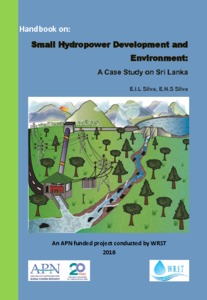Climate projections over the next two to four decades indicate that most of Australia’s wheat-belt is likely to become warmer and drier. Here we used a shire scale, dynamic stress-index model that accounts for the impacts of rainfall and temperature on wheat yield, and a range of climate change projections from global circulation models to spatially estimate yield changes assuming no adaptation and no CO2 fertilisation effects. We modelled five scenarios, a baseline climate (climatology, 1901–2007), and two emission scenarios (“low” and “high” CO2) for two time horizons, namely 2020 and 2050. The potential benefits from CO2 fertilisation were analysed separately using a point level functional simulation model. Irrespective of the emissions scenario, the 2020 projection showed negligible changes in the modelled yield relative to baseline climate, both using the shire or functional point scale models. For the 2050-high emissions scenario, changes in modelled yield relative to the baseline ranged from −5 % to +6 % across most of Western Australia, parts of Victoria and southern New South Wales, and from −5 to −30 % in northern NSW, Queensland and the drier environments of Victoria, South Australia and in-land Western Australia. Taking into account CO2 fertilisation effects across a North–south transect through eastern Australia cancelled most of the yield reductions associated with increased temperatures and reduced rainfall by 2020, and attenuated the expected yield reductions by 2050.
Peer-reviewed publication
